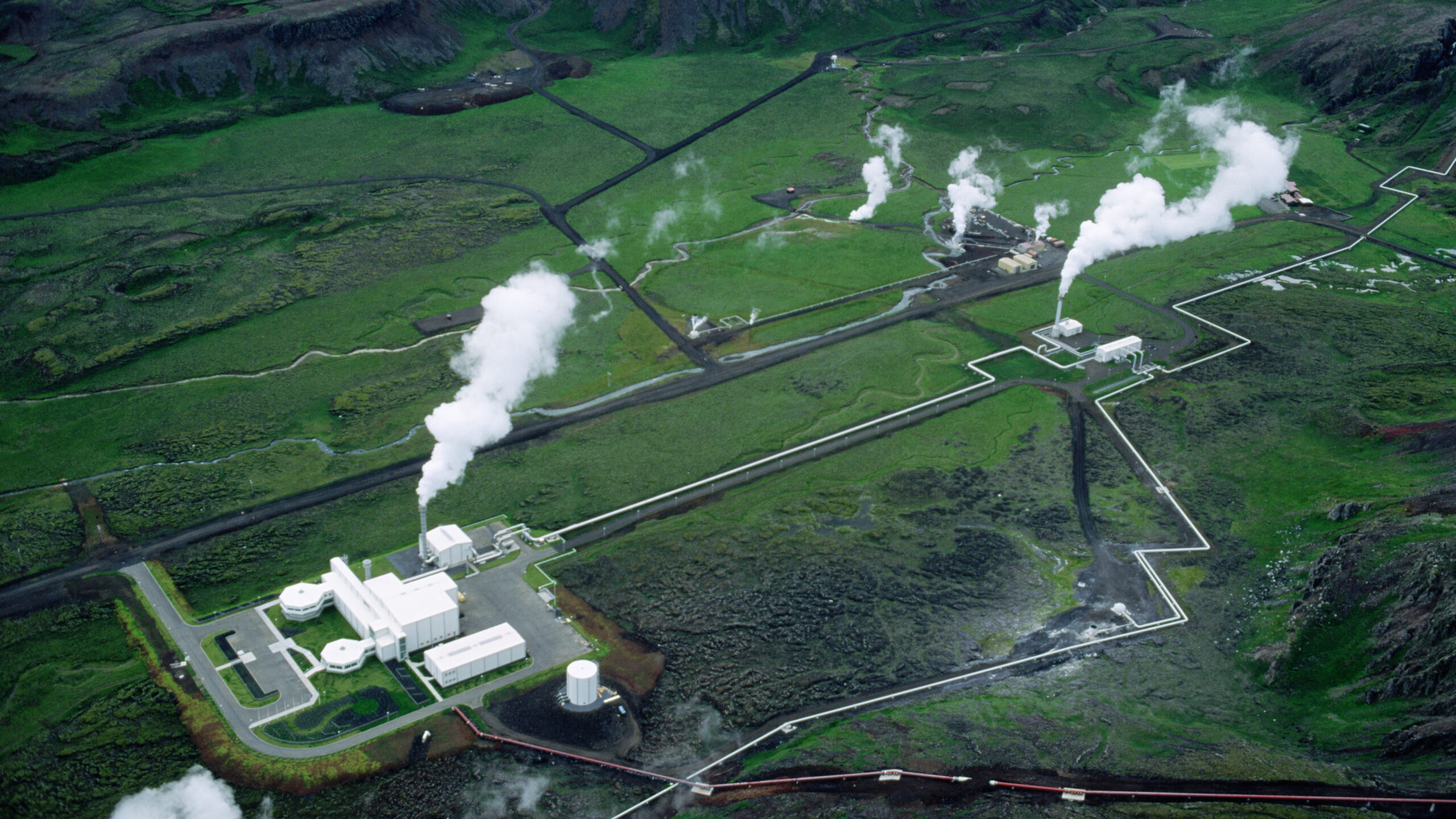Science
Colorado Town Leverages Geothermal Energy for Economic Growth

Hayden, a small town in northwest Colorado, is embarking on an innovative project to diversify its economy through geothermal energy. The community, with a population of around 2,000, is transitioning from reliance on a coal-fired power plant, which is set to shut down in the coming years, to a geothermal network that promises sustainable heating and cooling solutions.
The initiative includes the development of a new business park where geothermal energy will be harnessed to heat and cool various buildings. This approach not only aligns with Colorado’s sustainability goals but also opens the door to grants and tax credits, making the project financially viable. Town manager Matthew Mendisco emphasized the importance of this infrastructure in attracting employers and supporting local jobs.
“We’re creating the infrastructure to attract employers, support local jobs, and give our community reliable, cost-effective heating and cooling for decades to come,” Mendisco stated.
Geothermal Technology in Action
The project is being spearheaded by Bedrock Energy, a geothermal drilling startup employing advanced techniques derived from the oil and gas sector. Currently, the company is drilling dozens of boreholes, reaching depths of 1,000 feet. These wells will connect to the town’s Northwest Colorado Business District, leveraging the Earth’s consistent underground temperatures, which hover around 51°F near the surface and rise to approximately 64°F deeper down.
Pipes will extract thermal energy from these depths, providing efficient heating in winter and cooling in summer. Each building will utilize ground source heat pumps to maximize energy efficiency.
Interest in the project has attracted the attention of prominent political figures. US Senator John Hickenlooper remarked, “Our energy future is happening right now—right here in Hayden,” while US Senator Michael Bennet highlighted the potential for rural economic growth through such initiatives.
Mendisco noted that the geothermal system will insulate the town from fluctuating fossil fuel prices, especially during extreme weather events common at an elevation of over 6,000 feet. He assured that the rates would remain competitive with other energy providers.
Statewide Support and Future Prospects
Hayden has received two state grants totaling $300,000 to aid in the design and construction of its geothermal system. Will Toor, executive director of the Colorado Energy Office, remarked on the growing interest in geothermal projects across the state, with about 80 communities exploring similar initiatives.
The state has mandated that large gas utilities, such as Xcel Energy, develop geothermal heating and cooling networks, underscoring a shift towards more sustainable energy infrastructures. Currently, there are 26 utility-led geothermal projects either underway or completed across the United States, according to Jessica Silber-Byrne of the Building Decarbonization Coalition.
Regulators are particularly interested in geothermal technology due to its efficiency in reducing demands on the electricity grid. Geothermal systems are approximately twice as efficient as conventional air-source heat pumps, which struggle during extreme temperatures.
The implications for energy consumption are significant, especially as the rise of power-hungry data centers exacerbates grid stress. Joselyn Lai, CEO of Bedrock Energy, pointed out that geothermal energy could play a crucial role in addressing these challenges.
As the geothermal network in Hayden develops, it will be structured to connect individual systems, eventually forming a comprehensive network that can scale with the growth of the business park. This phased approach is designed to minimize initial capital costs while maximizing long-term benefits.
Beyond heating and cooling, interest in deep geothermal systems for electricity production is also on the rise. Enhanced geothermal systems that use hydraulic fracturing technologies are expanding the potential for geothermal energy, particularly in states like Colorado, where the goal is to cut carbon emissions from the electricity sector by 80 percent by 2030.
The University of Colorado, Boulder, is exploring geothermal energy for various applications, having secured funding for feasibility studies through the state’s energy office.
For Hayden’s leaders, the advantages of geothermal technology are clear. “It doesn’t matter if there’s a giant snowstorm or a giant rainstorm. Five hundred feet to 1,000 feet below the surface, the Earth doesn’t care. It just generates heat,” Mendisco concluded. This project represents not only a shift in energy sources but also a pivotal moment for economic resilience in rural Colorado.
-

 Science3 months ago
Science3 months agoToyoake City Proposes Daily Two-Hour Smartphone Use Limit
-

 Top Stories3 months ago
Top Stories3 months agoPedestrian Fatally Injured in Esquimalt Collision on August 14
-

 Health3 months ago
Health3 months agoB.C. Review Reveals Urgent Need for Rare-Disease Drug Reforms
-

 Technology3 months ago
Technology3 months agoDark Adventure Game “Bye Sweet Carole” Set for October Release
-

 World3 months ago
World3 months agoJimmy Lai’s Defense Challenges Charges Under National Security Law
-

 Lifestyle3 months ago
Lifestyle3 months agoVictoria’s Pop-Up Shop Shines Light on B.C.’s Wolf Cull
-

 Technology3 months ago
Technology3 months agoKonami Revives Iconic Metal Gear Solid Delta Ahead of Release
-

 Technology3 months ago
Technology3 months agoApple Expands Self-Service Repair Program to Canada
-

 Technology3 months ago
Technology3 months agoSnapmaker U1 Color 3D Printer Redefines Speed and Sustainability
-

 Technology3 months ago
Technology3 months agoAION Folding Knife: Redefining EDC Design with Premium Materials
-

 Business3 months ago
Business3 months agoGordon Murray Automotive Unveils S1 LM and Le Mans GTR at Monterey
-

 Technology3 months ago
Technology3 months agoSolve Today’s Wordle Challenge: Hints and Answer for August 19









